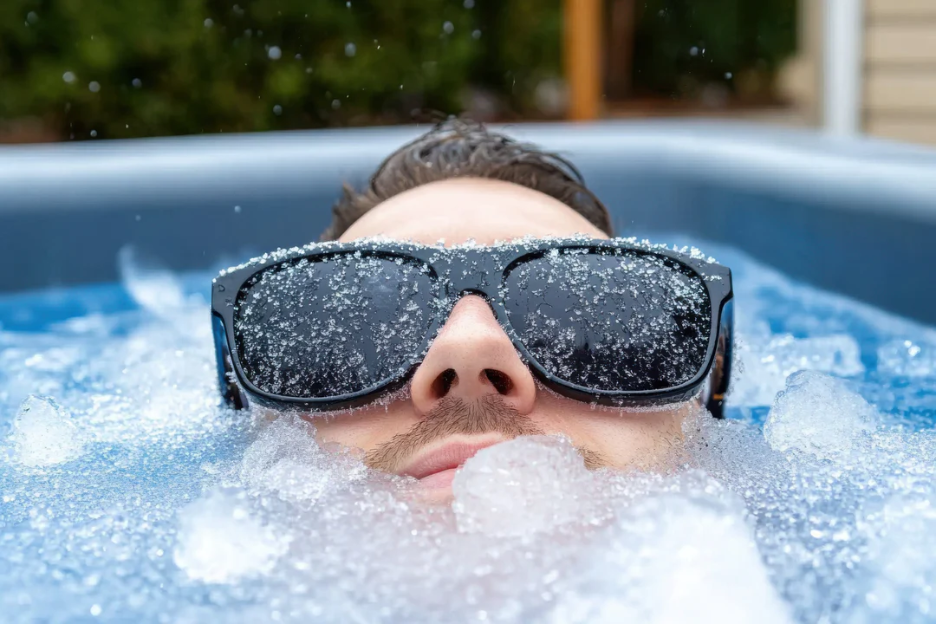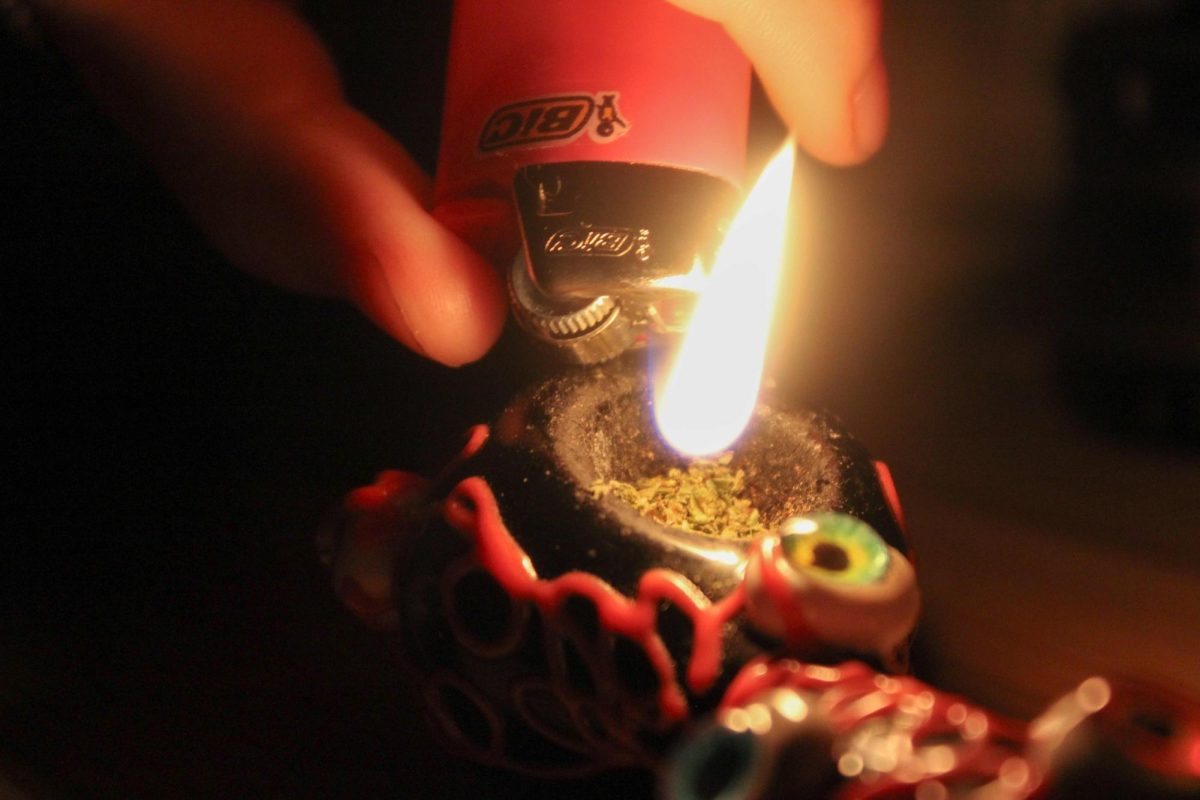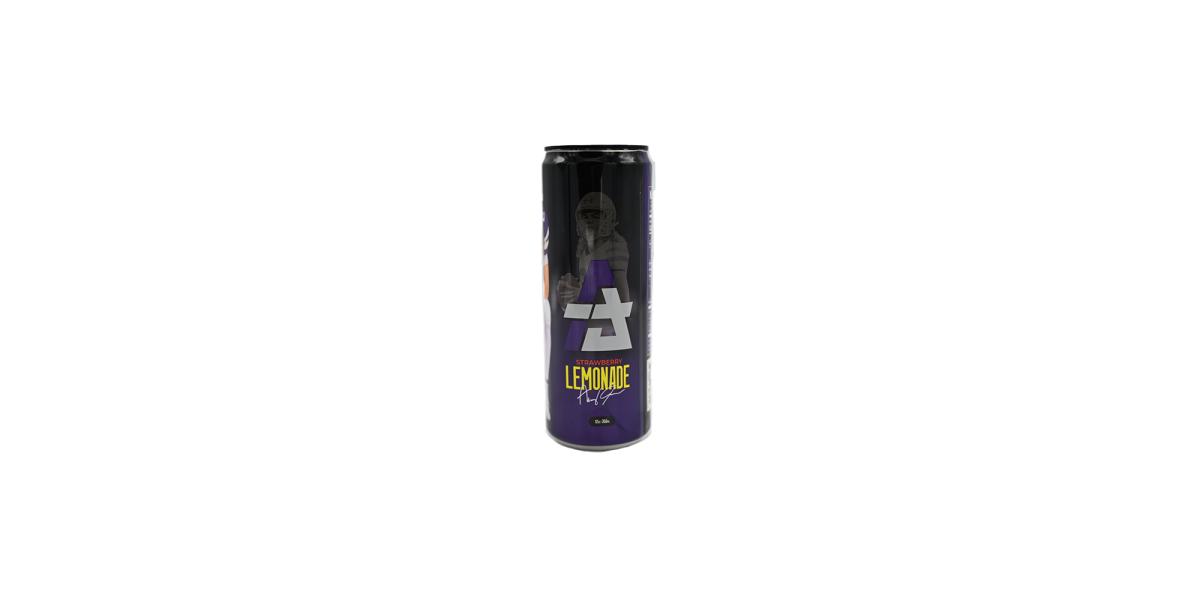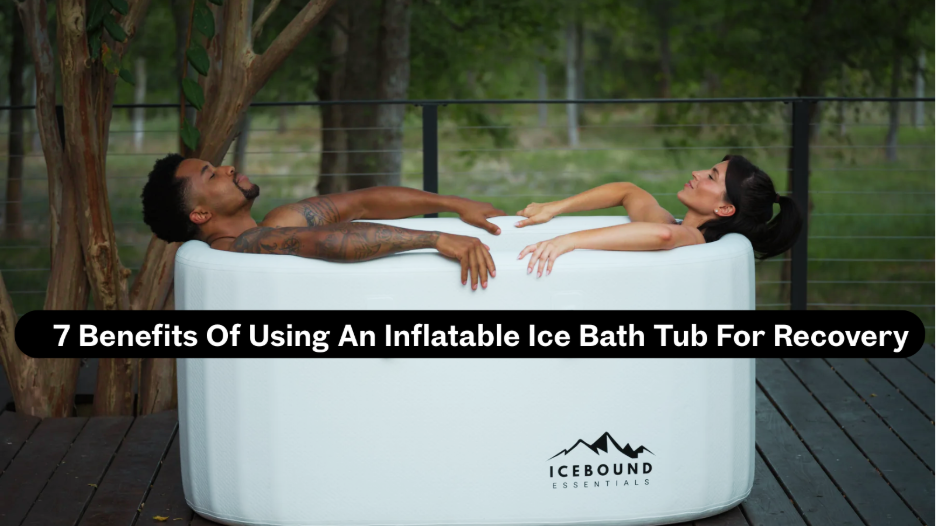Cold-water immersion is no longer a niche service, but a popular method of recovery used by athletes, fitness professionals, and wellness enthusiasts.
The concept of plunging the body into cold water in lakes, rivers, or specialized tubs may sound extreme, but studies indicate that this practice causes various physiological and psychological reactions that aid in recovery and overall well-being.
The cooling-down process has long-term effects in addition to its immediate ones, i.e., better circulation, more effective metabolism, and increased mental endurance.
This practice has been made much more accessible by inflatable ice bath tubs. They are lightweight and can be easily installed in the house, unlike the permanent tubs or the open-water dips.
The water level, temperature, and immersion are all controllable by the user, ensuring a safe and reliable experience. These benefits help people to easily integrate cold-water immersion into their lives.
The seven main benefits of using an inflatable ice bath tub as a recovery tool are highlighted below, along with its potential to improve physical performance, mental concentration, and overall wellness.
1. Boosts Metabolism
Exposure to cold activates brown adipose tissue (BAT), which burns calories to generate heat. This thermogenic action produces a mild elevation in energy expenditure and can be used to assist metabolism, together with dietary and physical exercise.
By enabling sessions of BAT to be performed in an inflatable ice bath tub within a short and reproducible timeframe, there is relative safety in carrying out the procedure without excessively stressing the body.
The newcomers are expected to work with 5-6 minute sessions, then gradually develop to 10-12 minute sessions. Cold immersion can also help regulate body weight and energy processing over time, complementing healthy lifestyle practices.
2. Reduced Muscle Soreness

Delayed onset muscle soreness (DOMS) is typical following high-intensity, muscle-strengthening, or new exercises. The benefit of cold-water immersion is that it causes pain and stiffness to decrease because it constricts the blood vessels and slows down the local metabolic rate.
Vessels also become larger after cold exposure, which facilitates blood circulation and helps the body eliminate metabolic waste, such as lactic acid. This speeds up the healing process and enables athletes to work out regularly.
Studies indicate that cold immersion in the post-workout period can alleviate soreness for up to 48 hours after exercise.
3. Decreased Inflammation
On the one hand, inflammation is required to heal, but on the other hand, too much swelling may hamper healing. Exposure to cold conditions inhibits the buildup of fluids in the tissues by narrowing the capillaries, decreasing inflammation and eliminating soreness that develops over time.
Inflatable tubs have insulated walls and heavy-duty liners that are useful in maintaining low temperatures of water that optimize the effects of anti-inflammatory factors.
Regularity is important; frequent immersion following intense exercise is likely to have the effect of managing inflammation effectively. You can see the best results with the use of cold therapy during exercise, 30-60 minutes, when inflammation is at its highest point.
Switching between mild stretching and light movements after the ice bath may also increase recovery. This type of combination prevents stiffness and contributes to flexibility.
4. Improved Circulation

Cold immersion produces intervals of vasoconstriction during exposure and vasodilation upon exiting the water. These cycles serve as a kind of workout to the vascular system, helping in better blood circulation, distribution of oxygen and elimination of waste materials.
Large body parts can be immersed in inflatable tubs, which stimulate the major blood vessels and improve circulation efficiency. In the long term, frequent exposure to cold conditions can enhance vascular health, help maintain the cardiovascular system, and improve endurance.
To maximize the effects of immersion, consider progressively increasing the immersion depth to ensure the torso is fully immersed in the water, as the greater the immersion, the more the blood vessels are engaged.
5. Immune Support
There is evidence that moderate exposure to cold can enhance the immune system by increasing the activity of white blood cells and balancing immune-modulating proteins. People who engage in routine cold immersion can have better immunity to minor diseases.
Inflatable ice bath tubs enable controlled exposure, ensuring consistency and reducing the risks associated with natural cold-water sources, such as uneven currents or pollution. Once or twice a week, with 8-12 minutes of the sessions, could be used to support the immune system and be safe and bearable to most individuals.
6. Mental Health and Stress Resilience

The body reacts to cold immersion by releasing norepinephrine and endorphins, which heighten alertness, concentration, and mental clarity. It can lessen fatigue, enhance mood and enhance resistance to everyday stressors over time.
Inflatable ice bath tubs that can be used at home can eliminate barriers that may otherwise be encountered, making them easily and regularly used.
To get the most out of mental health, when attempting immersion, concentrate on conscious breathing in order to remain calm and deliberate in the breaths to manage initial shock. This not only enhances cold tolerance, but it also trains the brain to deal with stress in real life.
7. Convenience and Accessibility
Practicality is one of the highest benefits of inflatable ice bath tubs. Cold-water therapy can be used in homes since they are portable, lightweight and can be stored easily.
Insulation, drainage plugs, and hardy liners are some of the features that assure uniform temperature, convenience of maintenance, and durability. Inflatable tubs are inexpensive and can be adjusted to most spaces in comparison to a permanent tub or natural ice baths.
Regulation of temperature, duration of immersion and frequency enables users to have a consistent routine of recovery.
Safety and Best Practices

- Warm Up: Begin with 10-15 °C water for 1-3 minutes, and increase further.
- Check Your Body: When you experience excessive shivering, numbness or pain, stop.
- Length of the Session: Start with 8-12 minutes to 15 minutes with experienced users.
- Medical Precautions: Seek medical attention if you have a history of cardiac issues, hypertension, or sensitivity to cold temperatures.
- Post-Immersion: Warm up, rehydrate, and do some light stretching to get the system back into action.
This set of guidelines will ensure that recovery of cold water is safe and effective.
Conclusion
Inflatable ice bath tubs offer a safe, easy, and comfortable way to experience the benefits of cold water therapy in the comfort of your own home. They help to relieve muscle pain, inflammation, and maintain blood flow, metabolism, the immune system and mental vigor.
The design features, including deep immersion, insulation, and convenient drainage, enable users to use cold therapy regularly without harm to their bodies.
Turning to inflatable tubs can become an important part of the recovery plans of athletes, fitness enthusiasts, and wellness seekers, as they will build up a tolerance to them and make them a habit.
Regular exercise helps train the body and mind, resulting in greater resilience, improved performance, and better health. Cold immersion is no longer a fad, but a multifunctional device for recovery and wellness.

























































































































